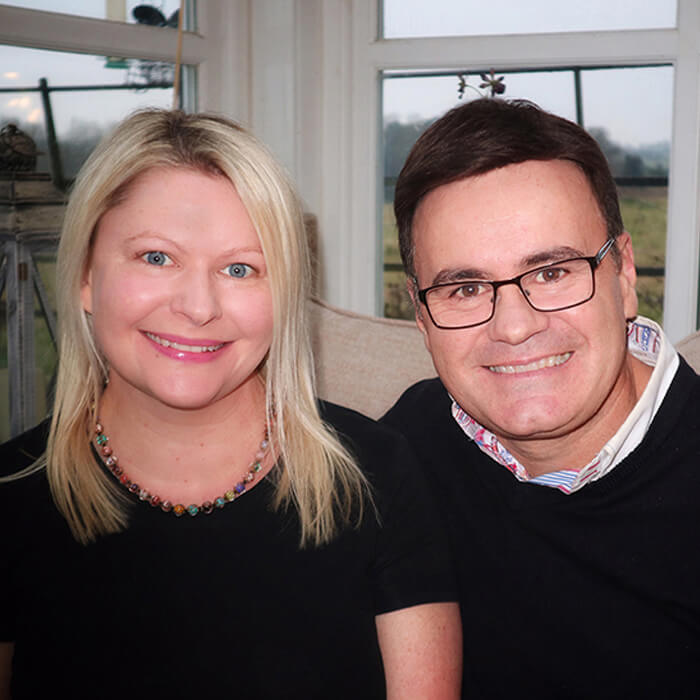Want to write a book? Here’s how to market it. Step three – Starting the book marketing process

Listen to Lauri’s March 2014 podcast on the book marketing process
There are any numbers of ways for authors to write, market and promote their books. The right way is whatever works for them. It’s a very individual choice. This article is to help people write books that achieve the author’s personal and professional goals.
Marketing is the key to success. A great book without good marketing has very little chance of success; however a decent book with great marketing can be very successful. The earlier a marketing plan is developed and executed, the better the result.
Book marketing process
Start Early
It’s best to start marketing a book is when it’s still in the development phase. Find out what the reader wants early. This will prevent wasting countless hours writing a book that people aren’t interested in reading.
Marketing campaigns should create interest for the book and the author. The idea is to have people hungry for the information included in the book, prior to the launch. By marketing right away and incorporating content marketing strategies, the author will excite and engage potential readers, while moving them closer to the sale.
Mix it Up
A content generation strategy uses content to attract the audience. The best strategies deliver a mix of content that incorporates the three learning styles, which are visual (seeing), auditory (hearing) and kinesthetic (engagement). When I create content marketing campaigns, I focus first on my client’s primary method of delivery, then round out the content with secondary methods. For example, if my client is a writer, most of the content will be delivered in written form. The writings are supplemented with videos, MP3s, photos, music, quizzes, questions, surveys, contests, games, etc. Of course, Social Media platforms are used extensively. We work hard to provide information so valuable that people will eagerly exchange their name and contact information to get it.
Develop As You Go
One easy way to create content is to choose some of the main points of each chapter and write an article about each of them. If you plainly state that the information is from your forthcoming book, people will have their curiosity tweaked. After they see a few of these articles about your book they will be hooked.
Invite people to preorder your book. A savvy web developer could set up a landing page that will support preorders. Make sure to be creative in your requests.
Roll Cameras
Video is another powerful tool in the marketing campaign. People increasingly make purchasing decisions as a result of watching videos. A series of clips promoting the book could dramatically increase orders. One great thing about video is that it works while you sleep; meaning people are tuning in, watching, leaning and thinking about your book while you are free to manage other things.
These are just a few of the things that I use to position my client’s books as bestsellers.
- Did you miss Step One – How to Begin the Book Writing Process? –read more
- Or Step Two – Understanding Your Book’s Reader? –read it now
Stay tuned for Step Four – Author’s Checklist – Know the Parts of Your Book
About the author
Speaker, author, TV host of Focus Forward, Lauri Flaquer has extensive entrepreneurial and media experience. As founder of Saltar Solutions, she guides her clientele of international business owners to excel as entrepreneurs. Formally in TV production at NBC, CNBC and Bloomberg LP, Lauri produces/ hosts Focus Forward, a show dedicated to helping entrepreneurs soar! Lauri has been the publicist and marketing director for several best-selling book campaigns. To learn more about marketing contact Lauri or Tweet her, @SaltarSolutions.
Are you in the process of writing a book, or have you just finished one? We’d love it if you left a comment below, or found us on Facebook or Twitter. And if you think others would find this series useful, go ahead and share.

